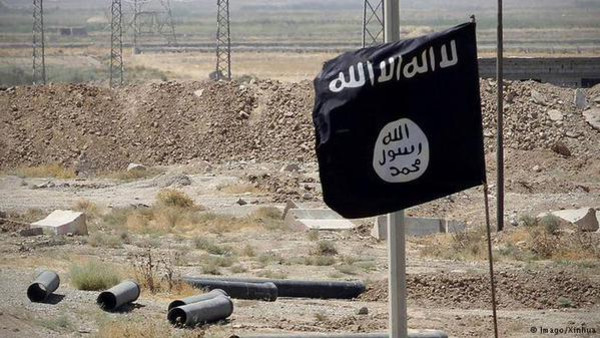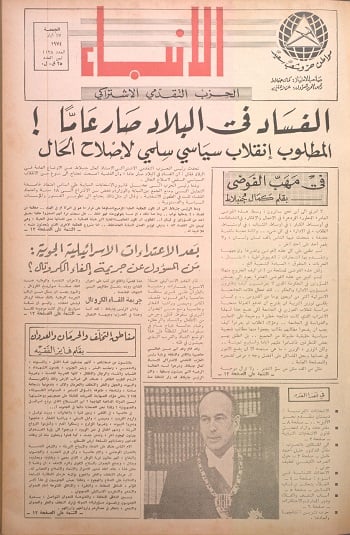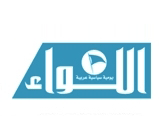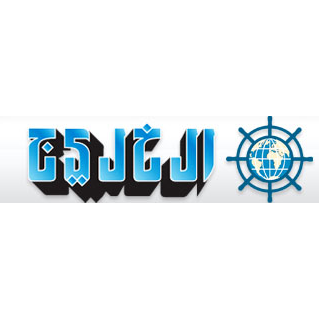When Daesh goes, should some U.S. troops stay in Syria?
David Ignatius/ The Daily Star
5 سبتمبر 2017

As the U.S.-led coalition accelerates its campaign to destroy Daesh’s (ISIS) remaining strongholds in Syria, the Trump administration faces a big decision about the future: Does it want to keep some U.S. troops inside the country to help stabilize Syria after the jihadis are defeated, or does it want to pack up and come home?
The dilemma is eerily like what President Barack Obama faced in Iraq in 2011, and the risks and benefits are similar. President Donald Trump, like his predecessor, has expressed skepticism about permanent U.S. wars in the Middle East. But he also knows that pulling out U.S. troops from bases east of the Euphrates could create a vacuum that might trigger ethnic slaughter, regional proxy wars and a new wave of jihadi violence.
The military and civilian officials who have been closest to U.S.-Syria policy appear convinced that America should maintain a residual presence, probably something under 1,000 Special Operations Forces that could continue to train and advise – and also, restrain – the Syrian Kurdish militia that has been America’s key partner against Daesh. But this alliance with the Kurds is controversial, inside Syria and out.
The political map of Syria, for now, looks like a patchwork quilt, with different bands controlled by rival groups and their patrons. The U.S. and its Kurdish partners dominate east of the Euphrates. The Syrian regime, with its Russian and Iranian allies, controls the vast center of the country; Turkish-backed forces control a strip along the northern border; and a Jordanian-Russian “deconfliction” agreement has pacified the southwest.
Few analysts expect that Syria can be reunified by President Bashar Assad. So, for the foreseeable future, the country will be divided into these zones of influence – awaiting a political transition process that can re-establish the legitimacy and authority of a new central government in Damascus.
The U.S. piece of this puzzle is the area east of the Euphrates. The Syrian Kurdish militia known as the YPG, advised by elite American forces and backed by U.S. air power, has swept across this area over the past three years, and in about six weeks is expected to seize Daesh’s capital, Raqqa. As they advanced, the Kurds recruited Sunni Arab allies into a broader coalition: the Syrian Democratic Forces.
The ad hoc military alliance that produced the SDF has many critics. The Sunni-dominated Syrian opposition fears that the Kurdish fighters want to create an independent state, and neighboring Turkey sees them as terrorists. But battlefield success generates its own political momentum, and as the U.S. and the SDF have advanced, something of a bandwagon effect has developed. Sunni opposition groups now seem eager to fight alongside the Kurdish-led forces, under overall U.S. command.
This new willingness to work in tandem with the Kurds was voiced by Riad Hijab, the head of the Syrian opposition coalition known as the High Negotiations Committee. He said in a recent interview that his supporters want “to fight ISIS and other terrorist groups, alongside with the SDF, as long as we fight independently in separate fronts.”
Hijab claimed that up to 5,000 Sunni opposition forces would be ready to join the U.S. and the SDF in liberating Deir al-Zor, the next big town in the Euphrates Valley southeast of Raqqa. The Sunni opposition groups apparently prefer allying with Kurds to Assad’s regime.
American officials are pleased that Hijab and other opposition leaders want to join the fight in the Euphrates Valley. But they say the new recruits aren’t ready for heavy fighting, and that Deir al-Zor will almost certainly be taken by 10,000 Syrian regime troops that are already in the town, joined by regime forces now moving east, with Russian and Iranian backing. The Iranian presence worries some U.S. officials, but they say regime control of Deir al-Zor is probably inevitable.
U.S. commanders say the real strategic prize is farther south. They say as soon as Raqqa is secure, SDF troops (joined by whatever other Arab forces are ready) will advance toward the lower Euphrates Valley, south of Deir al-Zor. The U.S. hopes that Iraqi forces across the border will help check Iranian power in the area.
What happens next? That depends in part on whether U.S. military advisers stay in eastern Syria. If they remain, say U.S. officials, they can curb the Kurds’ ambitions for independence, deter the Turks from intervening and encourage the Sunni opposition to work with all sides. A future U.S. presence “will be essential,” Hijab says.
And if they leave quickly? We’ve seen this movie before.
 عن أمل جنبلاط المتجدد: لبنان يستحق النضال
عن أمل جنبلاط المتجدد: لبنان يستحق النضال
 صحافيون أم عرّافون!
صحافيون أم عرّافون!
 ماذا يجري داخل أروقة بيت الكتائب المركزي؟
ماذا يجري داخل أروقة بيت الكتائب المركزي؟


 عن الخرائط التي تُرسم والإتفاقات التي تتساقط!
عن الخرائط التي تُرسم والإتفاقات التي تتساقط!
 “الإنحراف في الحياة”/ بقلم كمال جنبلاط
“الإنحراف في الحياة”/ بقلم كمال جنبلاط
 هاشتاغ #صار_الوقت يحل أولاً في حلقة جنبلاط
هاشتاغ #صار_الوقت يحل أولاً في حلقة جنبلاط
 طاولة نقاش عن أزمة الصحافة في جامعة AUST
طاولة نقاش عن أزمة الصحافة في جامعة AUST
 عبدالله: ليظهر لنا وزير مكافحة الفساد حرصه في صفقات البواخر والفيول
عبدالله: ليظهر لنا وزير مكافحة الفساد حرصه في صفقات البواخر والفيول
 عبدالله: غريب أمر وزارة مكافحة الفساد!
عبدالله: غريب أمر وزارة مكافحة الفساد!

 Comment to Uri Avnery: How Sad What Is Looming Ahead
Comment to Uri Avnery: How Sad What Is Looming Ahead
 “Not Enough!”
“Not Enough!”
 … لمن لم يقرأ يوسف البعيني/ بقلم وسام شيّا
… لمن لم يقرأ يوسف البعيني/ بقلم وسام شيّا
 كمال جنبلاط في مولده الأول بعد المائة: تعاليمه وأفكاره ما زالت الحلّ/بقلم عزيز المتني
كمال جنبلاط في مولده الأول بعد المائة: تعاليمه وأفكاره ما زالت الحلّ/بقلم عزيز المتني
 رئيس حزب/ وليس (… سابقاً)/ بقلم د. خليل احمد خليل
رئيس حزب/ وليس (… سابقاً)/ بقلم د. خليل احمد خليل
 التوازن السياسي في لبنان
التوازن السياسي في لبنان
 لبنان… مشاريع انقلابية مؤجلة
لبنان… مشاريع انقلابية مؤجلة
 جنبلاط وحَمَلة أختام الكاوتشوك
جنبلاط وحَمَلة أختام الكاوتشوك
 Le Liban est un symbole de tolérance
Le Liban est un symbole de tolérance
 Our Automated Future
Our Automated Future
 The True Origins of ISIS
The True Origins of ISIS
 Les Misérables vs. Macron
Les Misérables vs. Macron
 عذراً أيها المعلم/ بقلم مهج شعبان
عذراً أيها المعلم/ بقلم مهج شعبان
 رساله الى المعلم / بقلم ابو عاصم
رساله الى المعلم / بقلم ابو عاصم
 إلى روح القائد والمعلم كمال جنبلاط/ بقلم أنور الدبيسي
إلى روح القائد والمعلم كمال جنبلاط/ بقلم أنور الدبيسي
 أسرار وعناوين الصحف ليوم الجمعة 14 كانون الاول 2018
أسرار وعناوين الصحف ليوم الجمعة 14 كانون الاول 2018














